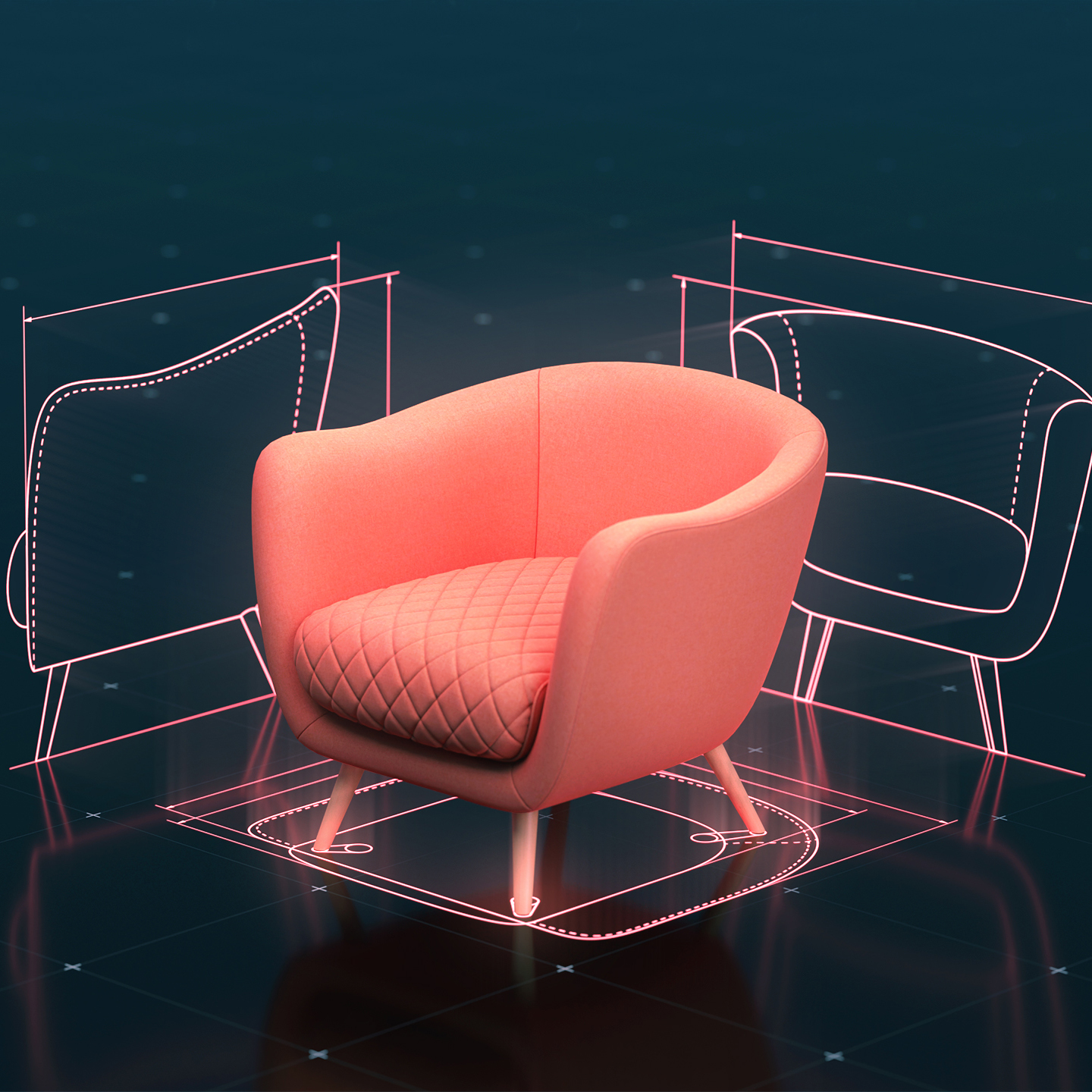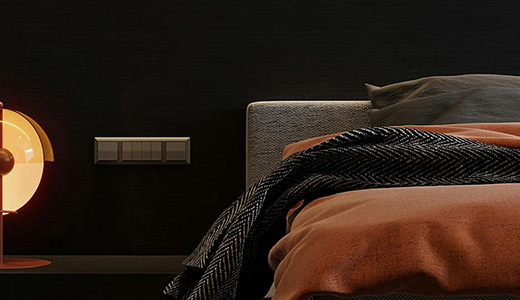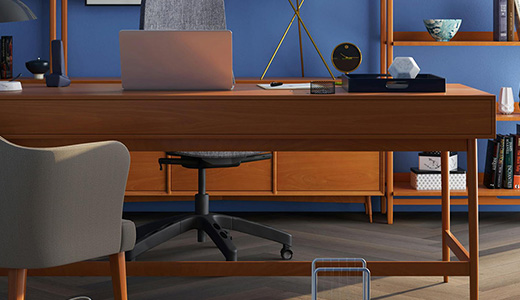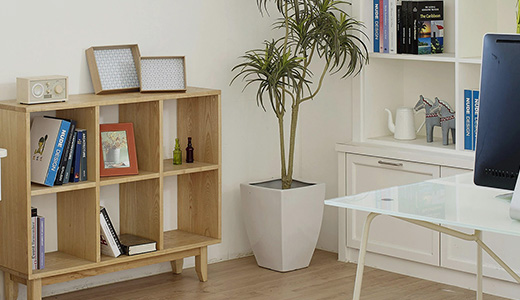
Digitalisation of the Furniture Industry
The furniture industry is experiencing a significant transformation with the advent of digitalisation. Constantly evolving technology has revolutionised the way we shop for, design and experience furniture. From virtual showrooms to augmented reality (AR) and customisation tools, the digitisation of the furniture industry has opened up new opportunities for both customers and companies.
An exciting period of growth and innovation for furniture industry
Furniture manufacturers are finally catching up with the leading players in e-commerce. The industry, which was once slow to adapt, has been transformed into a field where tech-savvy companies are rewriting the rules of e-commerce for furniture by using the latest technology.
Some of the experts to described how they see and believe the landscape of furniture retailing changing under the current circumstances. Based on their responses, we are showing some trends, identified key opportunities, growth recommendations and predictions for the future.
According to Statista, the global furniture e-commerce market will reach a volume of about $41 billion by 2030.
The massive increase in furniture e-commerce sales during the pandemic, especially in 2021, got everyone excited. Then in 2022, a slowdown happened, but not for long.
Furniture e-commerce is still one of the most rapidly growing categories. According to Comscore’s 2023 State of Digital Commerce Report, furniture and home appliances are the top-selling digital commerce category in 2022, accounting for $76 billion of the $1.09 trillion in total sales.
What will the future of furniture e-commerce look like, and how can companies adapt to remain competitive?
- The most important elements of furniture e-commerce
To succeed and stand out from the competition in 2023, furniture e-commerce websites must offer an online experience that focuses on the customer journey and is as close to the in-store experience as possible. Furniture e-commerce sites need to think about how customers interact with their brand and what they base their online purchase decisions on. This includes a trial period, the ability to choose and configure the products, easily order fabric patterns and a good product visualisation tool. Augmented reality is also providing customers with a great advantage while making the purchasing decision.
- 3D e-commerce – the visualisation is the key
Allowing the customers to visualise products in their own space, giving them a better understanding of what the product looks like and what are the product variants directly increases customer confidence and ultimately leads to more sales.
By using high-quality 3D models, you can offer your customers a more accurate and detailed representation of their products. This includes showing the textures, materials, and other intricate details that make their products unique. Showing all the details of a product can help you stand out in a crowded market and attract customers who care about quality and attention to detail.
- 3D configurator as a game changer
Bringing the products to life by adding colours and materials, and letting the customers customise the product by themselves is a game changer in online & in-store sales. Presenting the products in different colours & materials live in 3D and Augmented Reality online, directly generates more leads or increases your e-Commerce sales.
Providing an interactive 3D visualisation of the product in real time and allowing the customer to view the customised product from different angles and perspectives are becoming the customers’ expectations in 2023.
Users are expecting the ability to select individual components or parts of the product and customise them according to their preferences. They want to play with dimensions, colours, materials and enjoy in the purchasing process.
- Integration with product database
Another “must have” for tomorrow is the configurator that is integrated with a product database or management system to access up-to-date information on available components, prices and inventory. This ensures accurate and up-to-date product data during the configuration process. While the user is making adjustments, the configurator calculates the price for the customised product in real-time.
Enterprise 3D configurators integrated with e-commerce platforms enable customers to smoothly transition from the configuration to the purchase process.
- Interactivity between brands and customers
With the Web AR platform, customers can access AR experiences directly from their smartphones using the camera and web browser on mobile.
The 3D viewer, integrated into the website, allows customers to view and interact with products realistically, increasing customer engagement and their understanding of the products.
Using the powerful platform analytics for each product, gives you a competitive advantage and a comprehensive understanding of the customers’ online activities. This quickly allows conversion customer experience improvement.
- Last but not the least – Save the planet
Reducing production waste and its impact on the environment is an important issue that many companies are addressing. 3D configurators allow customers to digitally visualise and customise products. This eliminates the need for physical prototypes and reduces the amount of material waste generated during the design and production process. By implementing a 3D configurator, companies can not only reduce their environmental impact but also increase efficiency and eliminate inventory costs.
The digitalisation of the furniture industry is a natural and necessary step in the industry’s evolution. The question is not if, but when you will embrace the transformation that is taking place. With many challenges ahead, production process optimisation, better customer experience and increased distribution efficiency are becoming a priority.
 Beds & Headboards furniture
Beds & Headboards furniture Chairs & Seating furniture
Chairs & Seating furniture Tables & Desks furniture
Tables & Desks furniture Storage & Organization furniture
Storage & Organization furniture Sofas & Couches furniture
Sofas & Couches furniture
Connect
Subscribe to newsletter